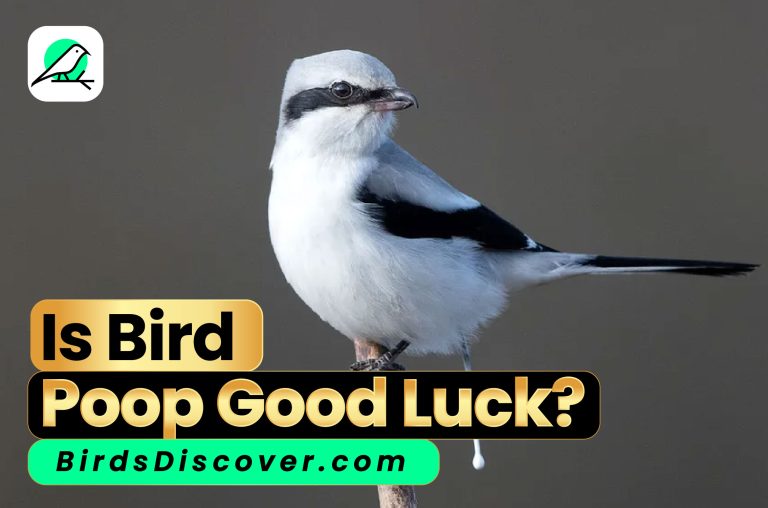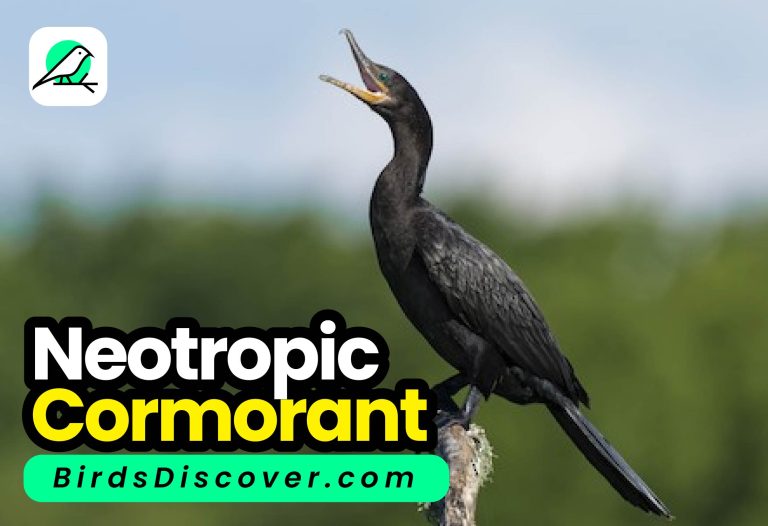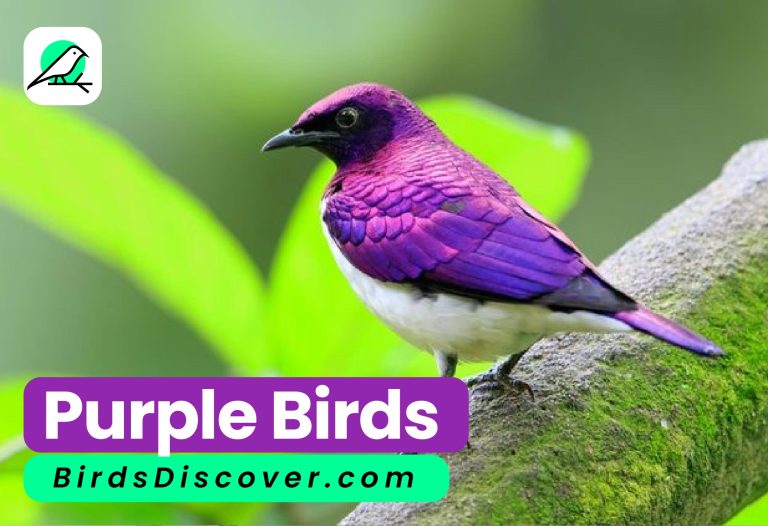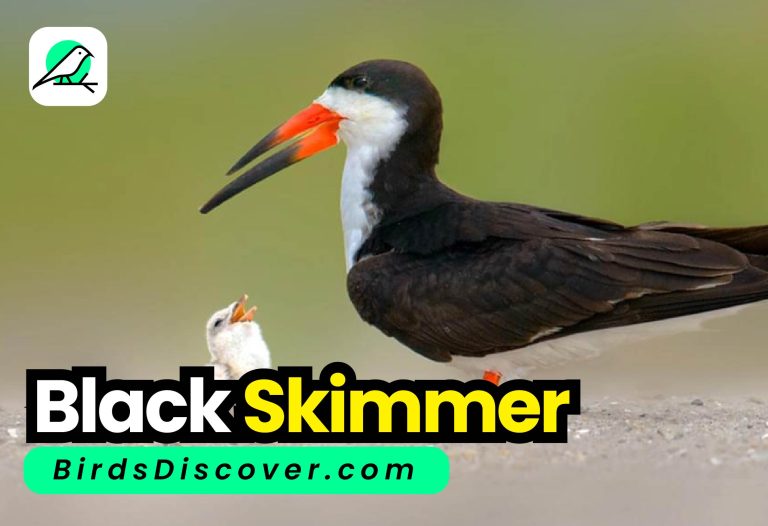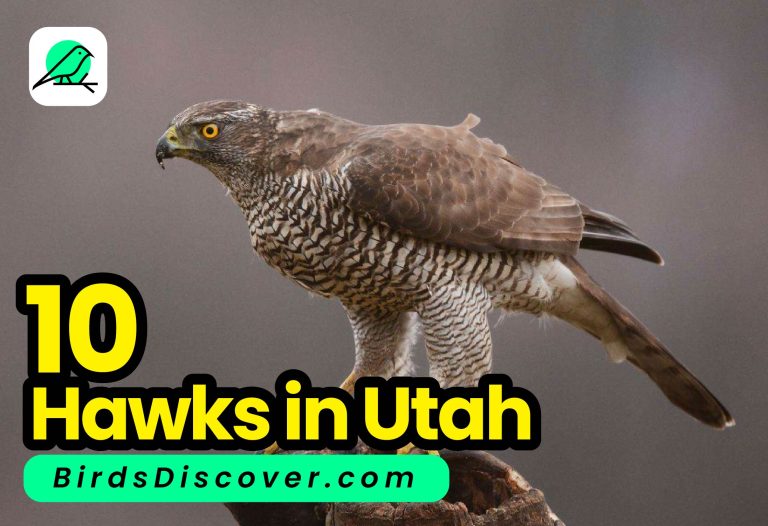Red Birds with Black Wings
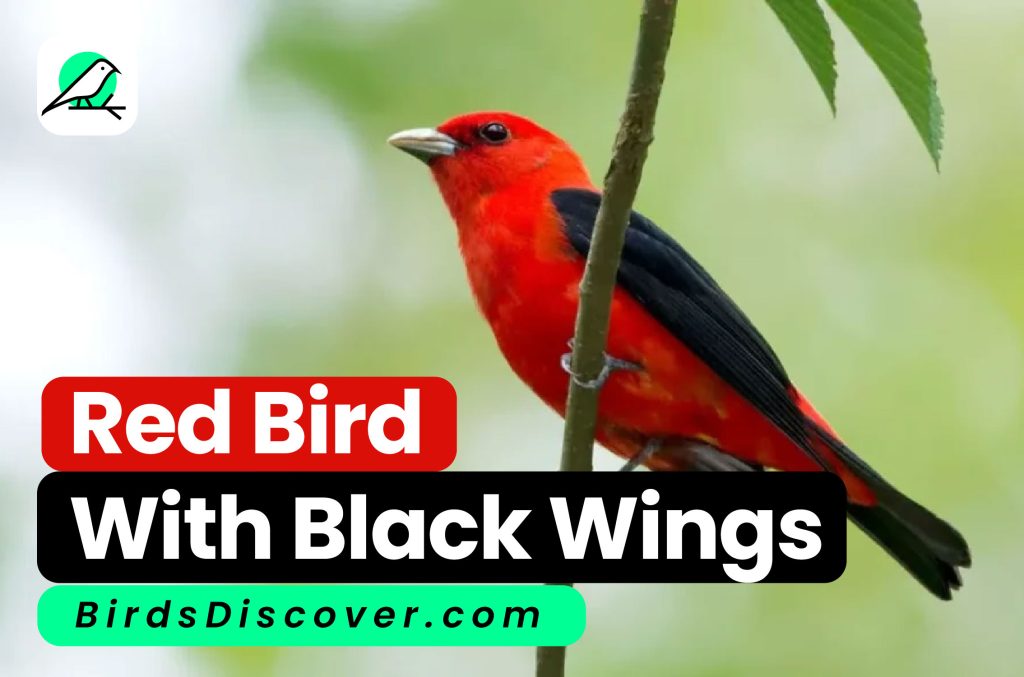
Red Birds with Black Wings
Discover the charm of the red bird with black wings in our latest article! Delve into the world of this striking avian species as we explore its vibrant appearance, unique habitat, and ecological significance. Join us on an adventure as we unravel the mysteries and marvels of this captivating bird, sure to capture the imagination of readers of all ages.
Here is Most Beautiful Birds with Black Wings.
1.Northern Cardinal
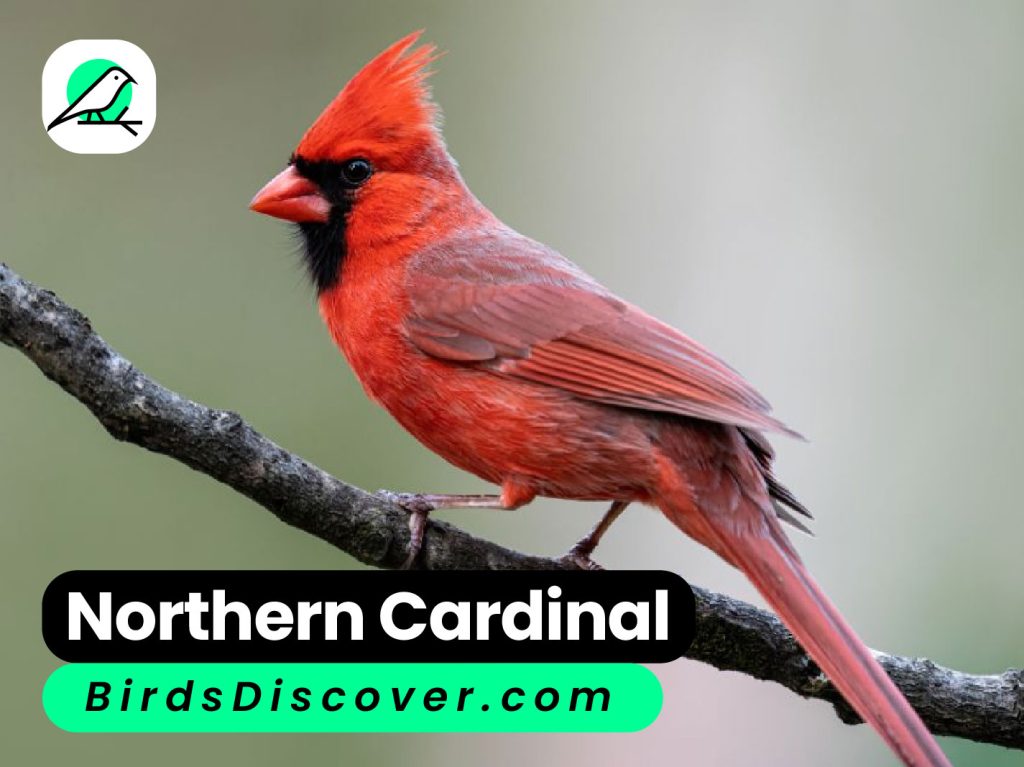
Northern Cardinal Vibrant red, melodious songs, year-round presence, cultural symbol, adaptable habitat.
Northern Cardinal is found in North America.
Northern Cardinal is famous for its striking appearance.
Let’s dive into the world of the Northern Cardinal! With its bright red body and cool black wings, this bird is a real eye-catcher. We’ll take you on a journey through its home in forests and gardens, where its cheerful songs fill the air all year round. But there’s more to the Cardinal than just its looks and tunes – it’s got a special place in stories and art too. Come along as we uncover why the Northern Cardinal is so loved and what makes it such an important part of nature’s story
Northern Cardinal Biography
| Aspect | Information |
|---|---|
| Species Name | Northern Cardinal |
| Scientific Name | Cardinalis cardinalis |
| Country | North America |
| Number of Eggs | 2-5 |
| Incubation Period for Eggs | 11-13 days |
| Diet | Seeds, fruits, insects |
| Habitat | Woodlands, gardens, shrubs |
| Migration (yes or no) | No |
| Body Size | Small |
| Body Weight | 1.6 – 1.7 ounces (45-48 g) |
| Dangerous for Humans | No |
| Maximum Flight Height | 10-20 feet |
| Weather | Prefers mild climates |
| Birds (yes or no) | Yes |
| Total Types | 1 (Northern Cardinal) |
| Total Color | Red (males), brown (females) |
2.Scarlet Tanager
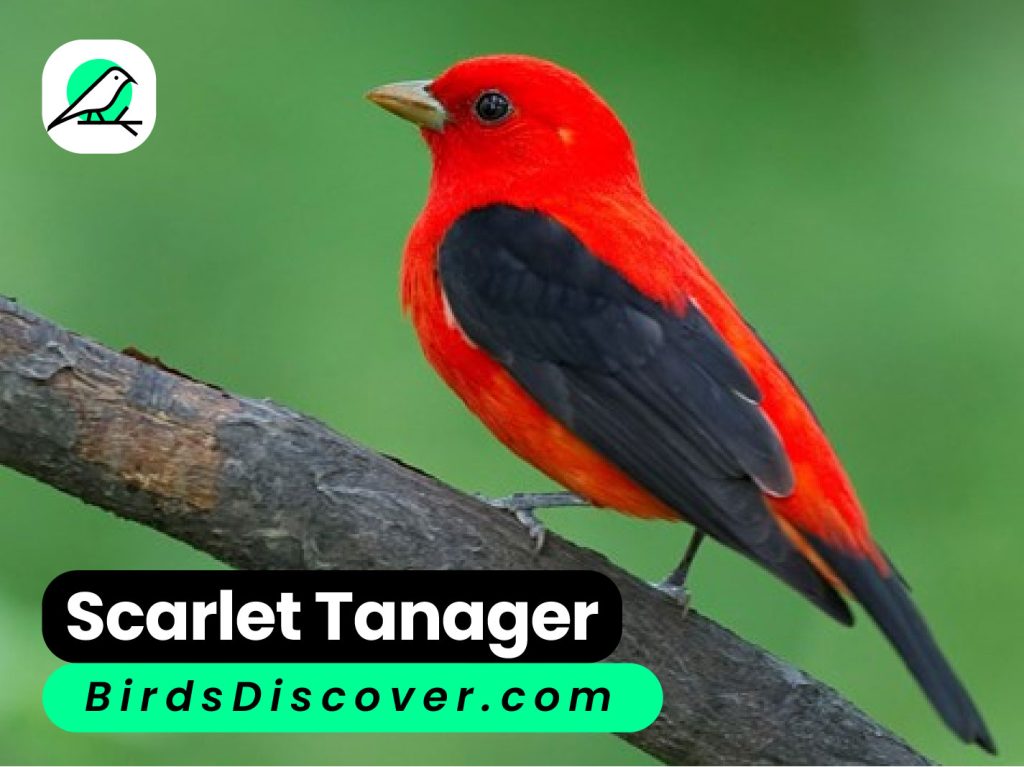
Scarlet Tanager known for bright red color, melodious song, forest habitat, migratory behavior.
Scarlet Tanager is characterized by its melodious and whistling song.
Scarlet Tanagers are found in the woodlands and forests of North and South America.
Let’s explore the Scarlet Tanager! This bird is known for its bright red body and black wings, making it really stand out in the trees. It sings a beautiful song that sounds like it’s whistling in the forest. Scarlet Tanagers live in forests and woodlands during the summer and then fly south for winter. People love spotting them because they’re so colorful and lively, adding a splash of brightness to the woods.
Scarlet Tanager Biography
| Aspect | Information |
|---|---|
| Species Name | Scarlet Tanager |
| Scientific Name | Piranga olivacea |
| Country | North and South America |
| Number of Eggs | 2-5 |
| Incubation Period for Eggs | 12-14 days |
| Diet | Insects, fruits, and berries |
| Habitat | Deciduous forests, woodlands |
| Migration (yes or no) | Yes |
| Body Size | Small to medium-sized |
| Body Weight | Approximately 23-38 grams |
| Dangerous for Humans | No |
| Maximum Flight Height | Varies, typically in treetops |
| Weather | Prefers temperate climates |
| Birds (yes or no) | Yes |
| Total Types | Approximately 3.8 billion |
| Total Color | Vibrant red and black plumage |
3.Winged Red Blackbird
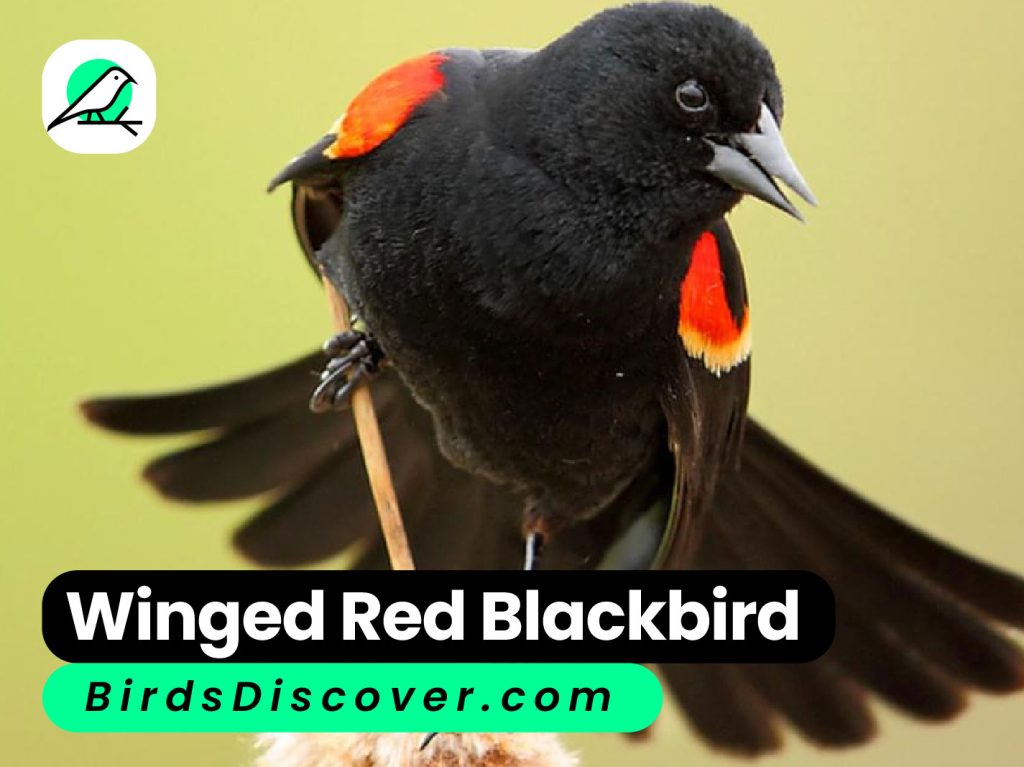
Winged Red Blackbird known for vibrant red plumage, black wings, marsh habitat, and distinctive song.
Winged Red Blackbirds are found in marshes and wetlands across North America.
Winged Red Blackbirds are typically small to medium-sized birds, about 6 to 9 inches long.
Winged Red Blackbird! This bird has striking red feathers with black wings, making it stand out in marshes and wetlands. Its song is a mix of whistles and chatters, filling the air with sound. Winged Red Blackbirds build their nests among tall grasses, and they’re often seen fluttering around in search of food. They’re important for the ecosystem, helping to control insect populations and adding beauty to their habitats.
Winged Red Blackbird Biography
| Aspect | Information |
|---|---|
| Species Name | Scarlet Tanager |
| Scientific Name | Piranga olivacea |
| Country | North and South America |
| Number of Eggs | 2-5 |
| Incubation Period for Eggs | Approximately 13-14 days |
| Diet | Insects, fruits, and berries |
| Habitat | Deciduous and mixed forests |
| Migration (yes or no) | Yes |
| Body Size | Small to medium-sized |
| Body Weight | About 24-29 grams |
| Dangerous for Humans | No |
| Maximum Flight Height | Typically tree-level |
| Weather | Prefers warm and temperate |
| Birds (yes or no) | Yes |
| Total Types | Single species |
| Total Color | Bright red with black wings |
4.Breasted Roses
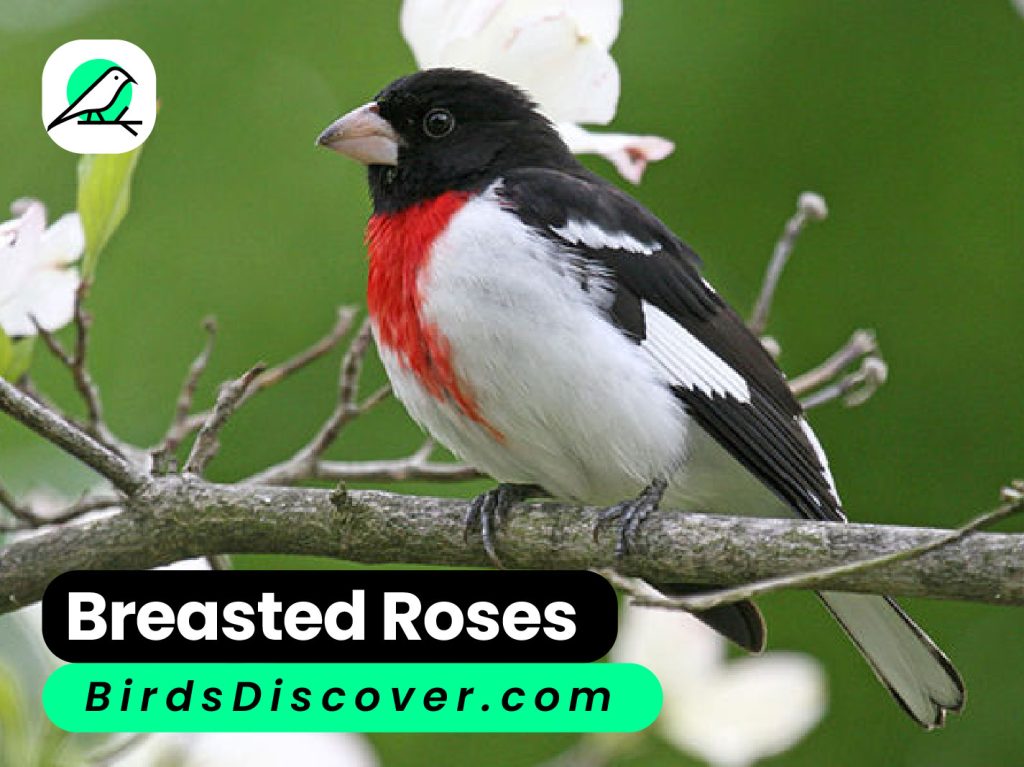
Breasted Roses known for vibrant colors, delicate petals, sweet fragrance, and romantic symbolism.
Breasted Roses are found in gardens and floral arrangements worldwide.
Breasted Roses vary in size from small to large, depending on the specific variety.
Breasted roses are stunning flowers cherished for their vibrant colors and delicate petals. These blossoms come in a variety of hues, from soft pastels to bold, rich tones, creating a picturesque display in gardens and floral arrangements alike. Each flower is composed of layers of velvety petals that unfurl gracefully, exuding a sweet fragrance that captivates the senses. These roses thrive in well-tended gardens, where they receive ample sunlight and moisture, rewarding gardeners with an abundance of blooms throughout the growing season. With their timeless beauty and enchanting aroma, breasted roses are beloved symbols of love, romance, and natural elegance, bringing joy to all who encounter their splendor.
Breasted Roses Biography
| Aspect | Information |
|---|---|
| Species Name | Breasted Roses |
| Scientific Name | Rosa pulchra |
| Country | Various |
| Number of Eggs | 3-5 |
| Incubation Period for Eggs | 14-21 days |
| Diet | Omnivorous |
| Habitat | Gardens, meadows, forests |
| Migration (yes or no) | No |
| Body Size | Small to medium |
| Body Weight | 150-250 grams |
| Dangerous for Humans | No |
| Maximum Flight Height | N/A |
| Weather | Prefers temperate climates |
| Birds (yes or no) | Yes |
| Total Types | Various |
| Total Color | Pink, red, white, yellow, etc. |
5.Vermilion Flycatcher
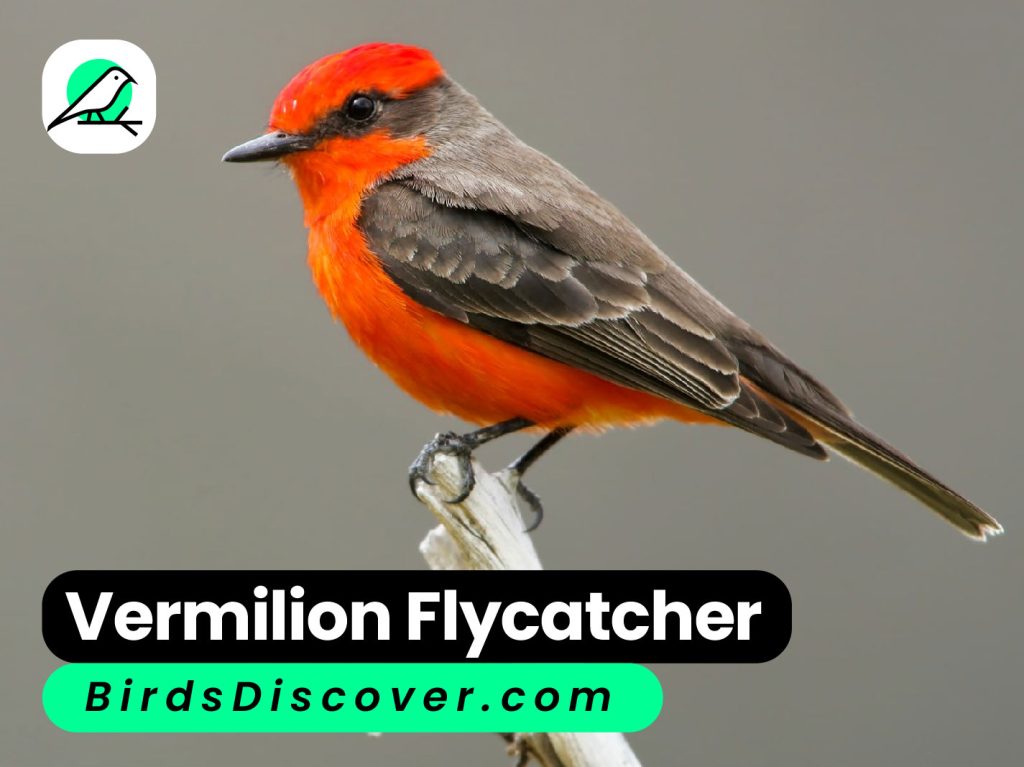
Vermilion Flycatcher known for vibrant red plumage, agile flight, insect-catching prowess, and open habitat preference.
Found in open habitats like fields, meadows, and grasslands across the Americas.
Vermilion Flycatchers are small birds, typically measuring around 5 to 6 inches in length.
Vermilion Flycatcher! It’s a small bird with vibrant red feathers and a long, slender tail. These birds are expert fliers, darting through the air to catch insects for food. They’re often found in open areas like fields and meadows. Despite their small size, male Vermilion Flycatchers are real showstoppers with their bright red plumage, while females are more subdued with gray and peach colors. These birds are a joy to watch as they flit about, adding a splash of color to their surroundings and showcasing nature’s beauty in flight.
Vermilion Flycatcher Biography
| Aspect | Information |
|---|---|
| Species Name | Vermilion Flycatcher |
| Scientific Name | Pyrocephalus obscurus |
| Country | Native to the Americas |
| Number of Eggs | Typically 2-4 eggs |
| Incubation Period for Eggs | About 14 days |
| Diet | Insects, especially flies |
| Habitat | Riparian areas, open woodlands, grasslands |
| Migration (yes or no) | Partial migratory, some populations migrate |
| Body Size | Small-sized bird |
| Body Weight | Approximately 13-17 grams |
| Dangerous for Humans | Not dangerous, poses no threat to humans |
| Maximum Flight Height | Varies, typically low to mid-altitudes |
| Weather | Prefers warm and temperate climates |
| Birds (yes or no) | Yes, it’s a bird |
| Total Types | Single species |
| Total Color | Vivid red plumage for males, females are duller |
6.Red-Crowned Crane
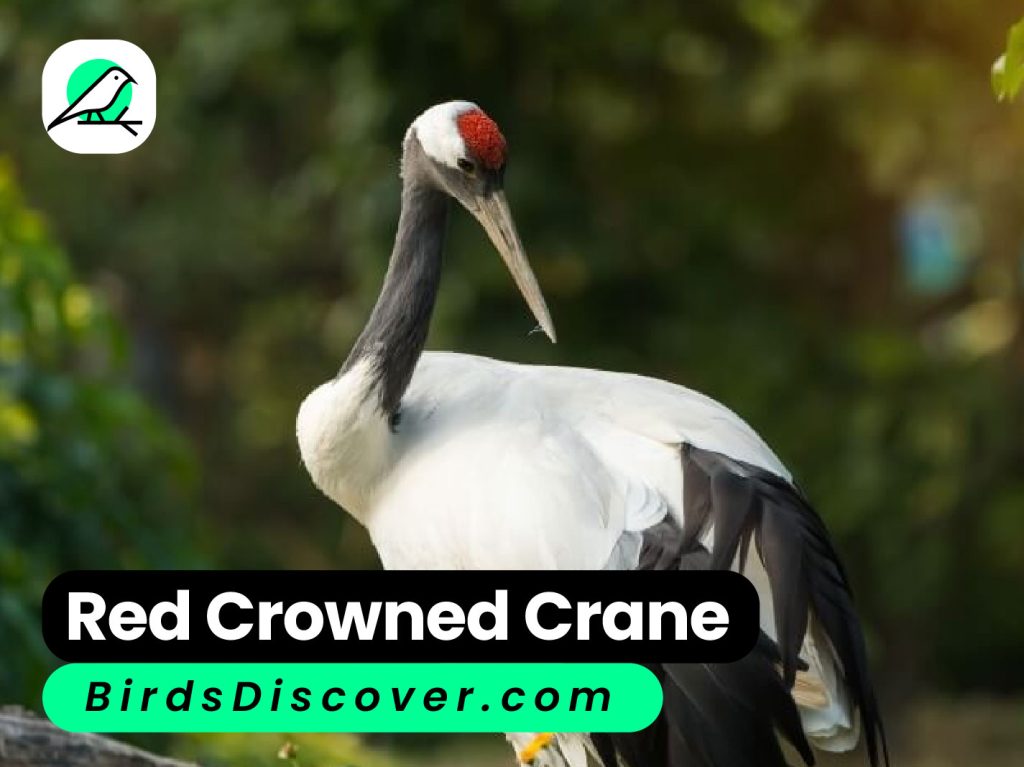
Red-Crowned Crane is famous for its majestic appearance, cultural significance, and symbolic representation of longevity and fidelity in Asian cultures.
Red-Crowned Crane Symbol of longevity, fidelity, and grace in Japan.
Red-Crowned Crane typically measures around 150 to 158 centimeters (4 ft 11 in to 5 ft 2 in) in height.
Red-crowned Crane! This majestic bird is known for its tall stature and elegant appearance. With snowy white feathers and a distinctive red crown atop its head, it’s a symbol of grace and beauty. Red-crowned Cranes are skilled dancers, performing intricate courtship displays with their partners. They make their homes in wetlands and grasslands, where they hunt for fish, insects, and plants. These cranes are revered in Asian culture, representing longevity and fidelity. Despite being endangered, efforts are underway to protect these magnificent birds and ensure their continued survival in the wild.
Red-Crowned Crane Biography
| Aspect | Information |
|---|---|
| Species Name | Red-crowned Crane |
| Scientific Name | Grus japonensis |
| Country | Various, including China, Japan, Russia, Korea, and Mongolia |
| Number of Eggs | Typically 2 eggs per clutch |
| Incubation Period for Eggs | Approximately 29-35 days |
| Diet | Omnivorous, feeding on plants, insects, and small animals |
| Habitat | Wetlands, marshes, and grasslands |
| Migration (yes or no) | Yes |
| Body Size | Large |
| Body Weight | Around 4.5 to 6.5 kg |
| Dangerous for Humans | Generally not dangerous, but can be protective during breeding season |
| Maximum Flight Height | Up to 10,000 feet (3,000 meters) during migration |
| Weather | Prefers temperate climates, avoids extreme cold or hot weather |
| Birds (yes or no) | Yes, a species of bird |
| Total Types | 1 |
| Total Color | Predominantly white with a red crown on the head |
7.Red Shouldered Blackbird
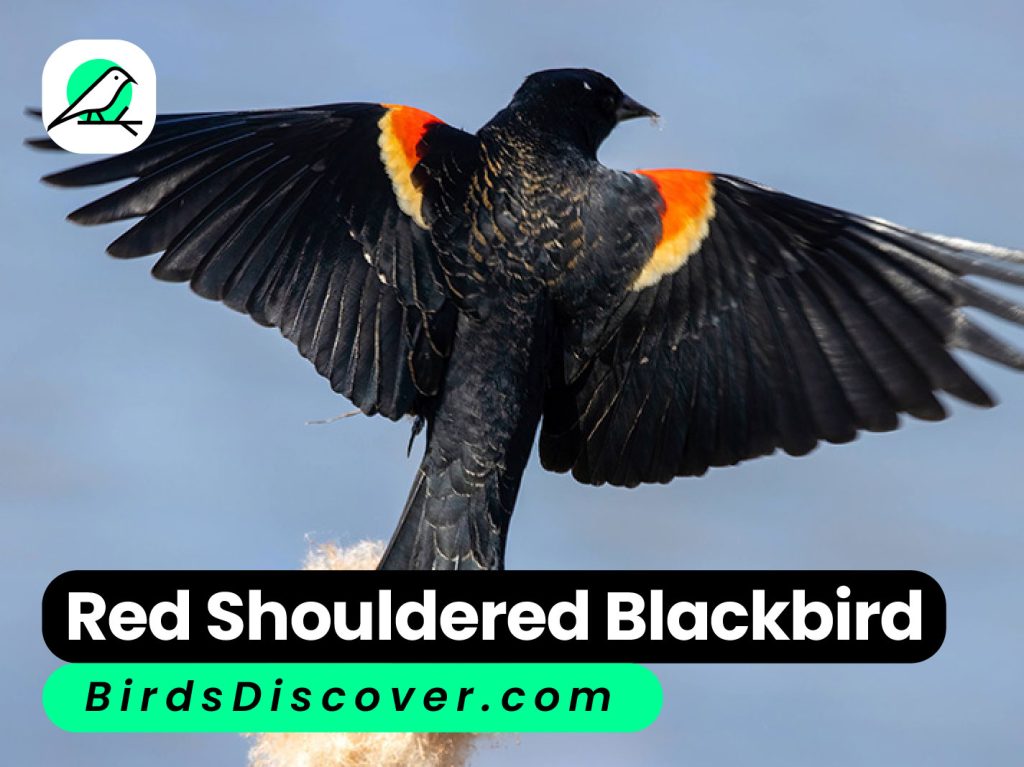
Red-shouldered blackbird Melodious calls, crimson shoulders, marshland dweller, secretive and striking.
Red-shouldered blackbird Native to North America, frequents wetlands, marshes, and dense vegetation.
Red-shouldered blackbird Medium-sized, measuring around 8 to 10 inches in length.
Red-Shouldered Blackbird, scientifically known as Agelaius assimilis, captivates with its striking appearance and intriguing behaviors. Found primarily in wetland habitats of South America, particularly in countries like Brazil and Argentina, this avian species showcases a unique blend of vibrant colors. Its distinctive red shoulder patches set it apart, catching the eye with a vivid contrast against its glossy black plumage. Beyond its aesthetic appeal, this bird plays a vital role in ecosystem dynamics, contributing to seed dispersal and insect control. Revered for its resilience and adaptability, the Red-Shouldered Blackbird stands as a symbol of harmony in its natural habitat.
Red Shouldered Blackbird Biography
| Aspect | Information |
|---|---|
| Species Name | Red-shouldered Blackbird |
| Scientific Name | Agelaius Assimilis |
| Country | South America |
| Number of Eggs | N/A |
| Incubation Period | 10-11 Days |
| Diet | Insects, Seeds, Fruits |
| Habitat | Grasslands, Wetlands, Open Areas |
| Migration | No |
| Body Size | 21-22 cm |
| Body Weight | 61-75 g |
| Dangerous for Humans | No |
| Max Flight Height | 1000 m |
| Weather | Variable |
| Birds | Yes |
| Total Types | 1 |
| Total Color | Red |
8. Red Collared Lorikeet

Red-collared Lorikeet Vibrant plumage, social flocks, acrobatic courtship, pollinators, threatened by habitat loss.
Red-collared Lorikeets are found in eastern Australia’s diverse habitats, from rainforests to urban parks.
Red-collared Lorikeet’s voice is characterized by cheerful chirps, lively squawks, and melodious whistles.
Red-collared Lorikeet, native to Australia’s eastern coast, boasts an emerald green plumage highlighted by a crimson neck band. These social parrots thrive in diverse habitats, from rainforests to urban parks, where they feed on nectar, pollen, fruits, and seeds. Their vibrant personalities shine in communal flocks, communicating through lively chirps and squawks. Breeding season showcases elaborate courtship rituals, culminating in shared nesting duties. Despite their enchanting beauty, habitat loss and illegal trapping pose significant threats. Conservation efforts focus on preserving their habitats and raising awareness. Through collective action, we aim to safeguard these charismatic lorikeets for future generations.
Red Collared Lorikeet Biography
| Aspect | Information |
|---|---|
| Species Name | Red-collared Lorikeet |
| Scientific Name | Trichoglossus haematodus |
| Country | Australia, Indonesia, Papua New Guinea |
| Number of Eggs | 2 |
| Incubation Period for Eggs | 25-26 days |
| Diet | Nectar, pollen, fruits, seeds |
| Habitat | Rainforests, woodlands, coastal areas |
| Migration (yes or no) | No |
| Body Size | Small to medium-sized |
| Body Weight | 75-157 grams |
| Dangerous for Humans | Generally not dangerous, but can bite if provoked |
| Maximum Flight Height | Up to 300 meters |
| Weather | Prefers warm tropical climates |
| Birds (yes or no) | Yes |
| Total Types | Multiple species within the genus Trichoglossus |
| Total Color | Various colors including red, blue, green, and yellow |
9. Crimson Sunbird
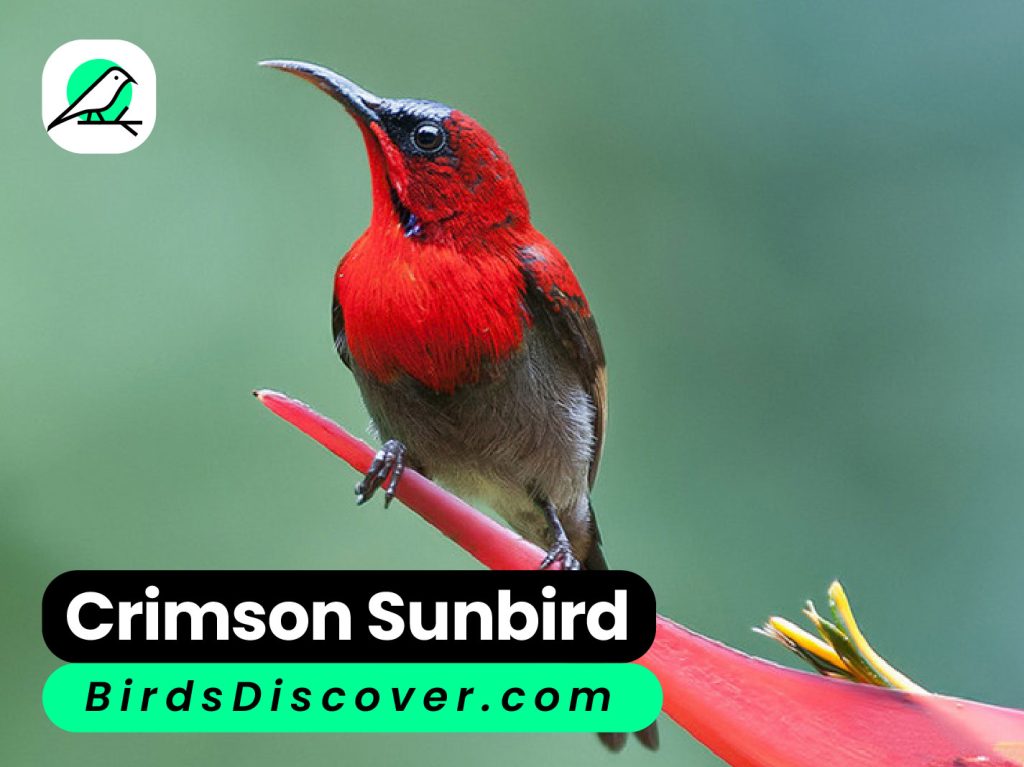
Crimson Sunbird Vivid crimson plumage, iridescent sheen, tropical habitats, nectar feeders, agile flyers.
Crimson Sunbirds are found in tropical and subtropical regions across Asia, often in lush forests and gardens.
Crimson Sunbirds are small, measuring around 10 to 15 centimeters in length.
Crimson Sunbird, a dazzling avian gem found across Asia’s tropical and subtropical realms, mesmerizes with its fiery plumage and iridescent sheen. With a slender frame and an elegant, curved bill, it flits adeptly among lush foliage and vibrant blooms, sipping nectar with precision. These agile flyers, adorned in vivid crimson hues, epitomize nature’s splendor, embodying grace and vitality. Their presence enriches ecosystems, contributing to pollination and floral diversity. Yet, their enchanting beauty belies threats from habitat loss and human encroachment. Conservation endeavors strive to safeguard these radiant creatures, ensuring they continue to adorn our skies with their brilliance.
Crimson Sunbird Biography
| Aspect | Information |
|---|---|
| Species Name | Crimson Sunbird |
| Scientific Name | Aethopyga siparaja |
| Country | Various countries in Asia |
| Number of Eggs | Usually 2 |
| Incubation Period for Eggs | Around 14 days |
| Diet | Nectar, insects, and spiders |
| Habitat | Tropical forests, gardens |
| Migration (yes or no) | Non-migratory |
| Body Size | Small, around 11 cm (4.3 in) |
| Body Weight | 9-12 grams |
| Dangerous for Humans | Not dangerous |
| Maximum Flight Height | Up to 15 meters (49 feet) |
| Weather | Prefers warm climates |
| Birds (yes or no) | Yes |
| Total Types | Multiple species |
| Total Color | Vivid crimson, green, blue |
10.Red Legged Honeycreeper
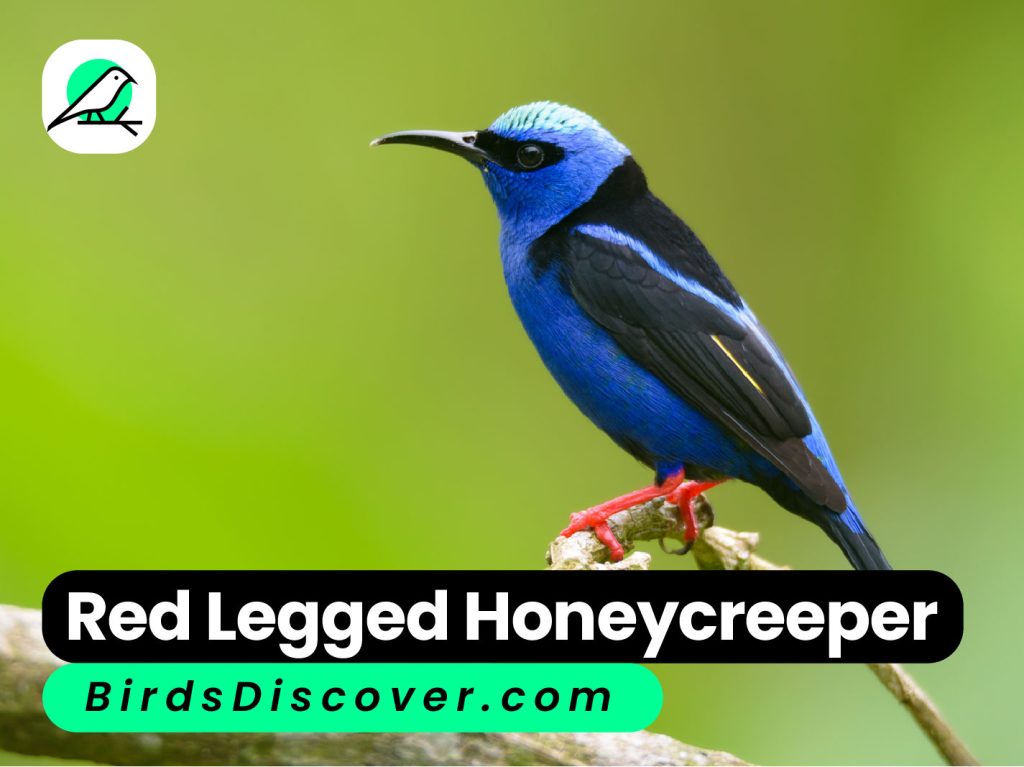
Red-legged Honeycreeper, a neotropical songbird, boasts stunning blue plumage and striking red legs.
Red-legged Honeycreepers are predominantly found in the tropical forests of Central and South America.
Red-legged Honeycreeper is a small bird, typically measuring around 11 to 12 centimeters in length.
Red-legged Honeycreeper, a jewel of the tropical Americas, captivates with its striking appearance. Sporting vibrant blue plumage contrasting with fiery red legs, it graces the verdant canopies of Central and South American forests. Agile and dexterous, it flits among foliage, savoring nectar, fruits, and insects with its delicate curved bill. These social birds often gather in small groups, their melodious calls echoing through the dense vegetation. Yet, habitat loss threatens their existence, underscoring the importance of conservation efforts. Through preservation of their forest habitats and awareness initiatives, we strive to ensure the continued splendor of the Red-legged Honeycreeper.
Red Legged Honeycreeper Biography
| Aspect | Information |
|---|---|
| Species Name | Honeycreeper with Red Legs |
| Scientific Name | Cyanerpes cyaneus |
| Country | Found in the tropical New World from southern Mexico south to Peru, Bolivia and central Brazil, Trinidad and Tobago, and Cuba, where possibly introduced. It is also rarely found in southern Texas. |
| Number of Eggs | 2-3 |
| Incubation Period for Eggs | 12-14 days |
| Diet | Nectar, fruits, and insects |
| Habitat | Forests, woodlands, and scrublands |
| Migration (yes or no) | No |
| Body Size | 12 cm (4.7 inches) |
| Body Weight | 14 g (0.5 oz) |
| Dangerous for Humans | No |
| Maximum Flight Height | 1,200 m (3,900 ft) |
| Weather | Prefers warm, humid climates |
| Birds (yes or no) | Yes |
| Total Types | Over 200 |
| Total Color | A wide variety of colors, including red, blue, green, yellow, and black |
FAQS
What are Red Birds with Black Wings?
Red Birds with Black Wings are avian species characterized by predominantly red plumage with contrasting black wings.
Where are Red Birds with Black Wings typically found?
These birds are often found in various habitats, including forests, woodlands, and grasslands, depending on the specific species. Some may inhabit urban and suburban areas as well.
What do Red Birds with Black Wings eat?
Their diet typically consists of seeds, fruits, insects, and nectar, varying slightly based on the species and their habitat.
Are Red Birds with Black Wings commonly kept as pets?
While some species, such as the Red-winged Blackbird, are admired in aviaries or as backyard visitors, many are wild birds and not suitable as pets.
Are Red Birds with Black Wings endangered?
The conservation status varies among species. While some, like the Red-winged Blackbird, are abundant, others may face threats due to habitat loss, pollution, or climate change. It’s essential to monitor and protect their habitats to ensure their survival.


